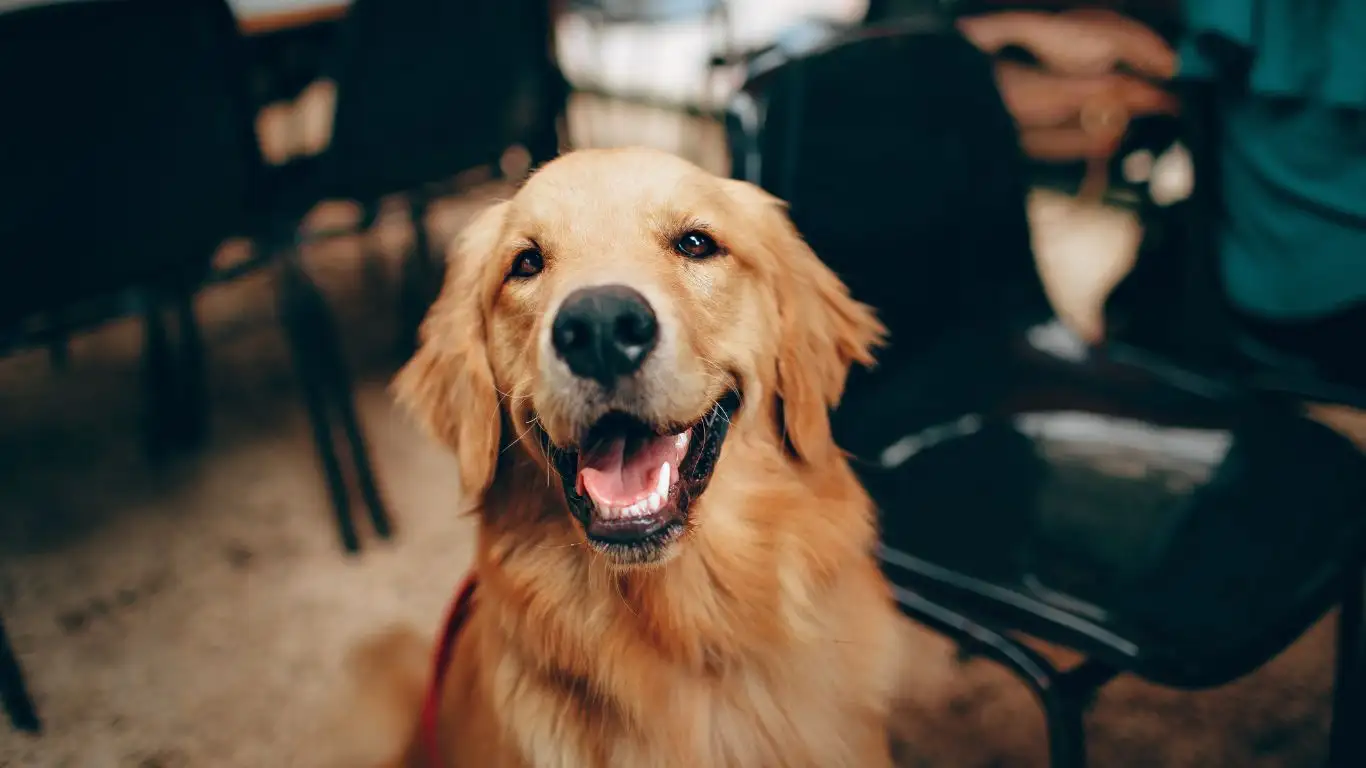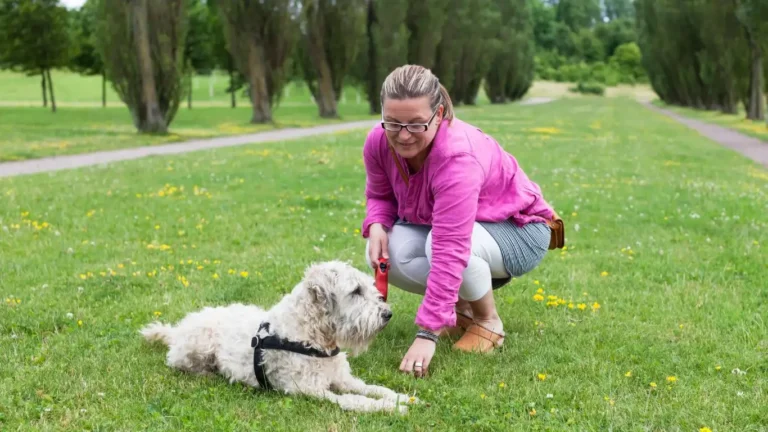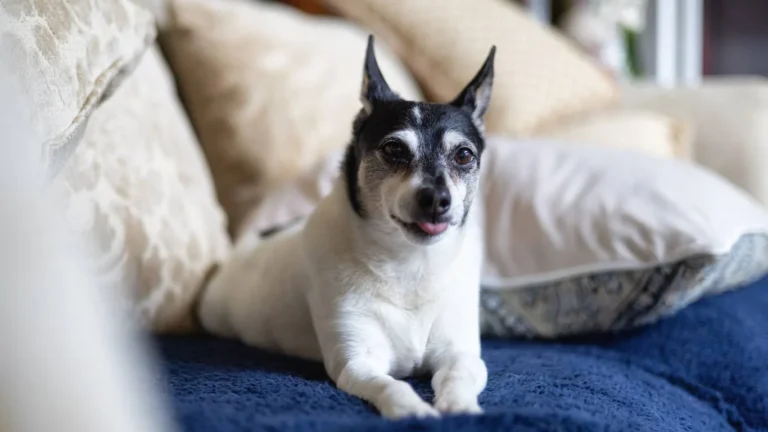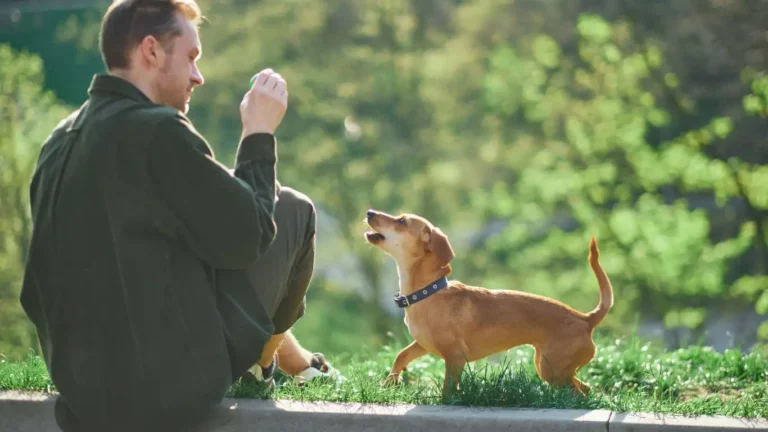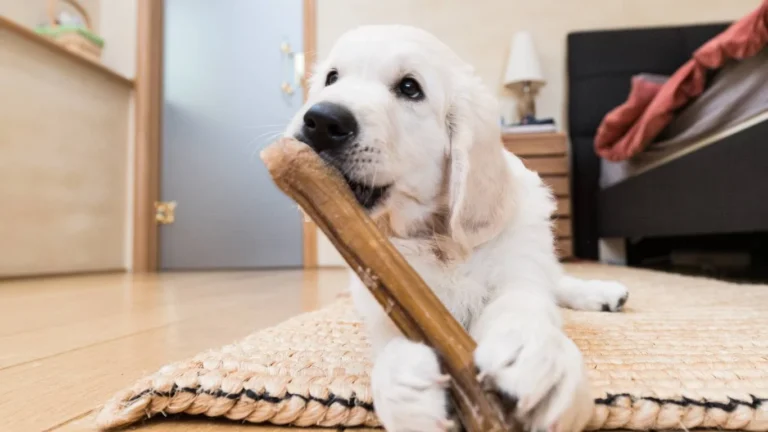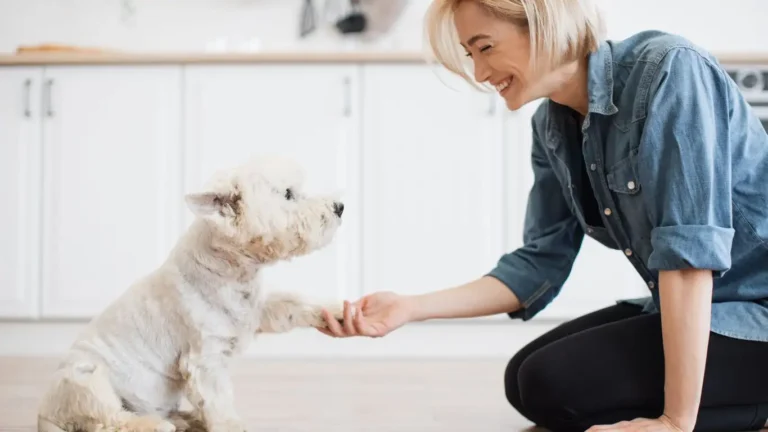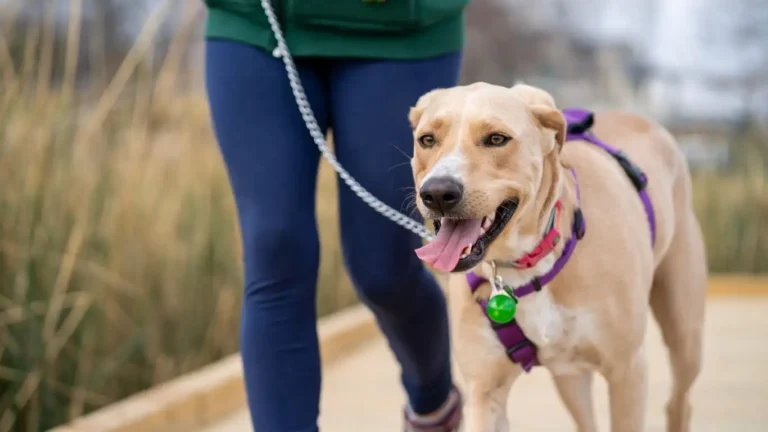How to Train a Dog to Not React to Fireworks: Proven Tips
If you’re a dog owner, you’ve probably noticed how unsettling fireworks can be for your furry friend. The loud noises, flashing lights, and unpredictable bursts of sound can send even the calmest dogs into a state of panic. As a Certified Professional Dog Trainer, I’ve had my fair share of clients who struggle with this issue, and let me tell you, it’s more common than you might think. In this article, I’ll share my expertise on how to train a dog to not react to fireworks. Trust me, it’s possible with the right approach and patience, and today, we’re going to break it down together!
Understanding Why Dogs React to Fireworks
Before we jump into training techniques, it’s important to understand why your dog reacts to fireworks in the first place. Dogs, especially those with sensitive hearing, can perceive fireworks as sudden, overwhelming noise. Their acute sense of hearing picks up the sounds that we humans barely notice. Imagine someone suddenly blasting music in your ear – that’s how it can feel to your dog.
Additionally, dogs are creatures of habit. Any loud, unexpected noise disrupts their sense of security and routine, and this can cause anxiety. Fireworks tend to come with no warning, and they’re often associated with scary or confusing events, making them a trigger for stress.
Signs Your Dog Is Scared of Fireworks
It’s pretty easy to tell if your dog is scared of fireworks. Dogs may react in several ways, including:
- Shaking or trembling: If your dog starts shaking uncontrollably, it’s a clear sign they’re scared.
- Hiding: Some dogs may try to find a safe place to hide, like under the bed or behind furniture.
- Excessive barking or whining: Dogs may vocalize their distress in response to loud noises.
- Avoidance behaviors: Your dog might try to flee from the source of noise or may act distant and withdrawn.
These are all signs of fear, and it’s critical to address the issue early on to avoid long-term anxiety for your dog.
Creating a Safe Environment for Your Dog During Fireworks
Before we get into training methods, let’s talk about the importance of providing a safe environment for your dog when fireworks are going off. The environment can either help or hinder your efforts to calm your dog down.
Designate a Quiet Space
One of the first steps in ensuring your dog’s safety and comfort during fireworks is to create a designated quiet space. This should be a room in your home that’s away from windows and doors. A quiet space reduces the noise level your dog is exposed to. You’ll want to make it as cozy as possible – include their bed, some toys, and perhaps a blanket that smells like you to offer them extra comfort.
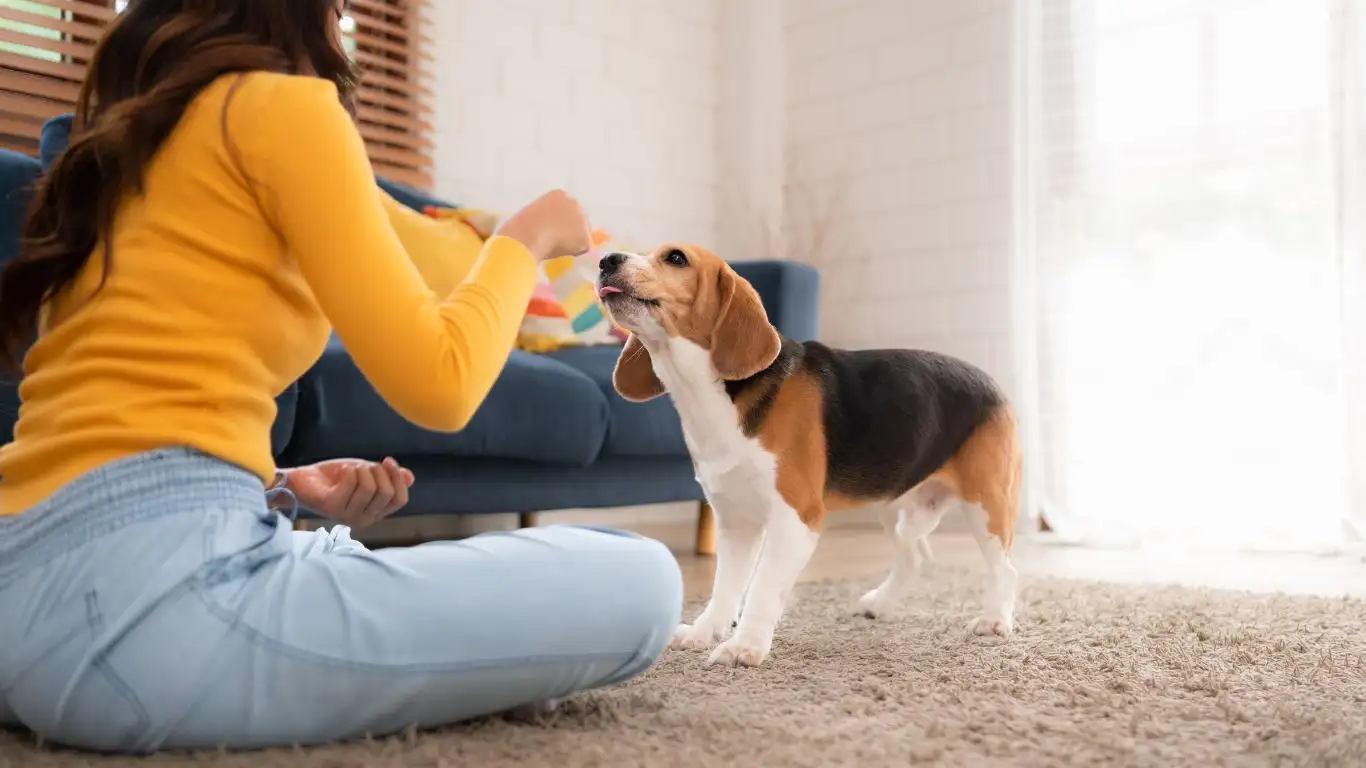
Use White Noise or Calming Music
Another great tool is to use white noise or calming music to drown out the sounds of fireworks. You can find plenty of playlists designed specifically for calming anxious dogs, or simply play soothing music. White noise machines or fans can also help mask the external sounds, making the experience less jarring for your dog. Some dog owners even use dog-appeasing pheromone diffusers (DAP) to help with anxiety, which can be particularly effective in these situations.
Close the Curtains and Block Out the Visual Stimulation
Fireworks are not only loud but also visually stimulating. The flashing lights can increase your dog’s anxiety. Closing the curtains or blinds can reduce visual stimuli and create a more secure environment. If your dog is especially sensitive, try using blackout curtains to ensure the room stays dark and comforting.

Desensitizing Your Dog to Fireworks: The Basics
Now that we’ve established a safe space, it’s time to dive into the training process. Desensitizing your dog to fireworks requires patience and consistency, but with the right approach, your dog can learn to remain calm even during the most chaotic firework displays. Let’s break it down step by step.
Start with Fireworks Sounds Indoors
Start by playing recordings of fireworks at a very low volume in your home. The key here is to introduce the noise gradually without overwhelming your dog. Make sure your dog is comfortable and calm before you begin. If your dog shows signs of stress, lower the volume and give them time to adjust.
As the recordings play, engage your dog in a positive activity like playtime or training exercises. The goal is to associate the sound of fireworks with something positive, so they start to form a new, less fearful association. Offer them treats, praise, and lots of affection whenever they remain calm during the sound.
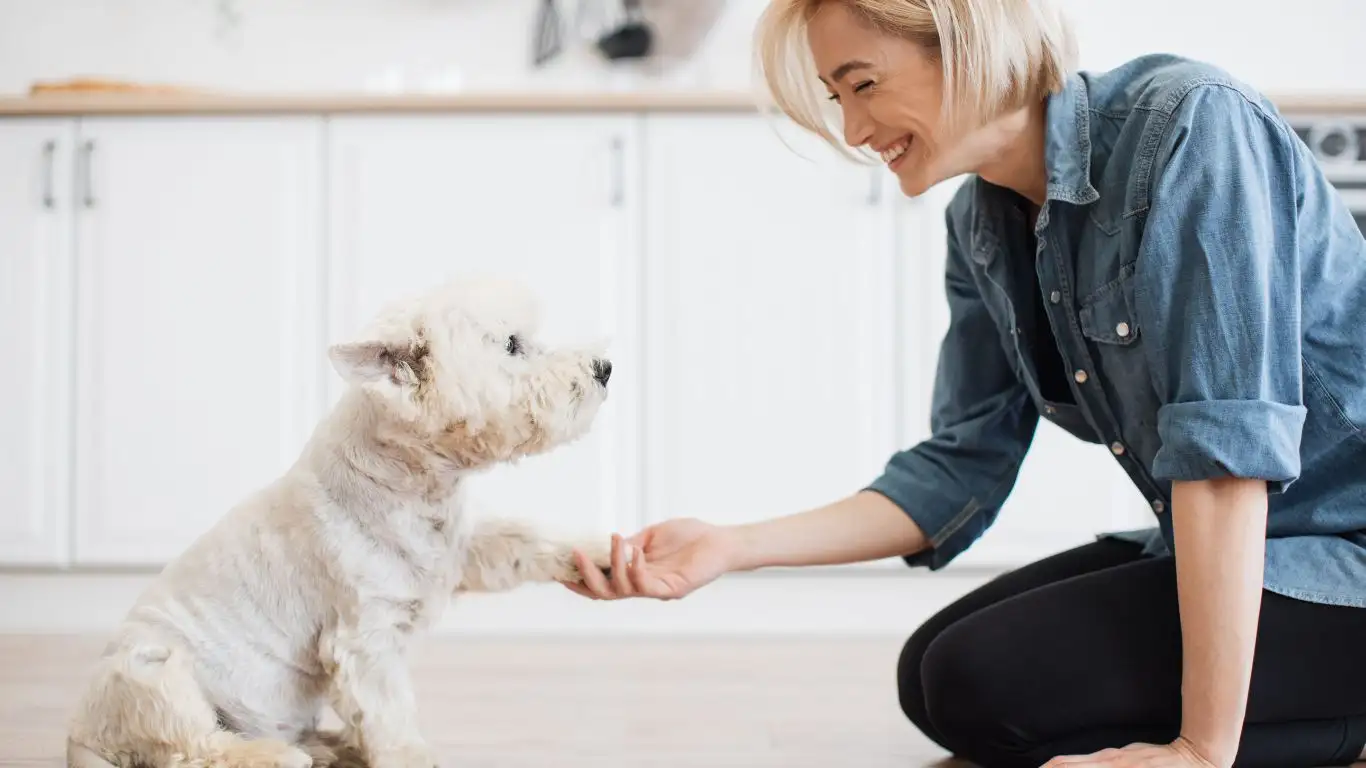
Gradually Increase the Volume
Once your dog is comfortable with the low-level sounds, you can start gradually increasing the volume. The key is to go slow—don’t rush the process. You want your dog to remain relaxed, so if they show signs of distress, lower the volume again and give them more time to adjust. This process may take several weeks, depending on your dog’s temperament and the intensity of their fear.
Remember, consistency is key. The more your dog experiences the sound in a calm setting, the better they’ll respond when fireworks go off in the real world.
Use Positive Reinforcement Techniques
Throughout this process, positive reinforcement is your best friend. Reward your dog with treats and praise for remaining calm. Over time, your dog will learn that fireworks sounds are not something to fear. With patience and persistence, you’ll notice that your dog’s reaction to fireworks becomes less intense and more manageable.
Training your dog to stay calm during fireworks may take time, but don’t get discouraged. Every dog is different, and some may need more time than others to adjust. Keep your training sessions short, fun, and rewarding, and you’ll see progress!
Additional Training Tips for Fireworks Anxiety
Now that we’ve covered some of the basics on how to train a dog to not react to fireworks, let’s dive deeper into a few more strategies that can help reduce their anxiety. As a dog trainer, I’ve seen firsthand how effective these techniques can be, but remember that the journey is different for every dog. What works for one dog might not work as quickly for another, so be patient and consistent throughout the process!
Use Counter-Conditioning to Change Their Emotional Response
One of the most effective methods I’ve used in training dogs with firework anxiety is counter-conditioning. This technique is about changing your dog’s emotional response to fireworks from fear to something more positive, like calmness or even excitement. Essentially, it’s the process of teaching your dog to associate the loud sounds with something enjoyable, such as treats, playtime, or affection.
To start, play a recording of fireworks at a very low volume, just like we discussed earlier. At the same time, give your dog their favorite treat or engage in a fun activity, like tug-of-war or fetch. The idea is to pair the scary sound with something your dog loves. Over time, your dog will begin to associate fireworks with good things, helping to reduce the fear response.

Try Desensitization with Real-World Fireworks
Once your dog has gotten used to the sounds of fireworks at home, it’s time to take things to the next level and introduce them to real-world firework sounds in a controlled setting. If possible, try to expose your dog to fireworks in a safe, quiet area before the actual event. You might want to visit a local area where you can hear fireworks in the distance without them being too overwhelming for your dog. You could also use special events like Fourth of July fireworks displays that are a bit more far-off and less intense.
The goal here is to give your dog a taste of what’s coming while still keeping them in a controlled, less stressful environment. This helps them build tolerance and reduces the element of surprise when the real thing happens.
Consider Calming Products
If you find that training alone isn’t enough, there are a variety of calming products on the market that may help your dog cope with fireworks. One of the most popular products is the Thundershirt, a vest that provides gentle, constant pressure to your dog’s body, which can have a calming effect. It’s similar to swaddling a baby, providing a sense of security and comfort during stressful moments.
There are also calming pheromone sprays or diffusers that release a synthetic version of the pheromones that mother dogs release to calm their puppies. These can be particularly helpful in stressful situations like fireworks. I’ve used these products myself with clients, and many report that they’ve helped their dogs feel more relaxed, especially when paired with positive reinforcement techniques.
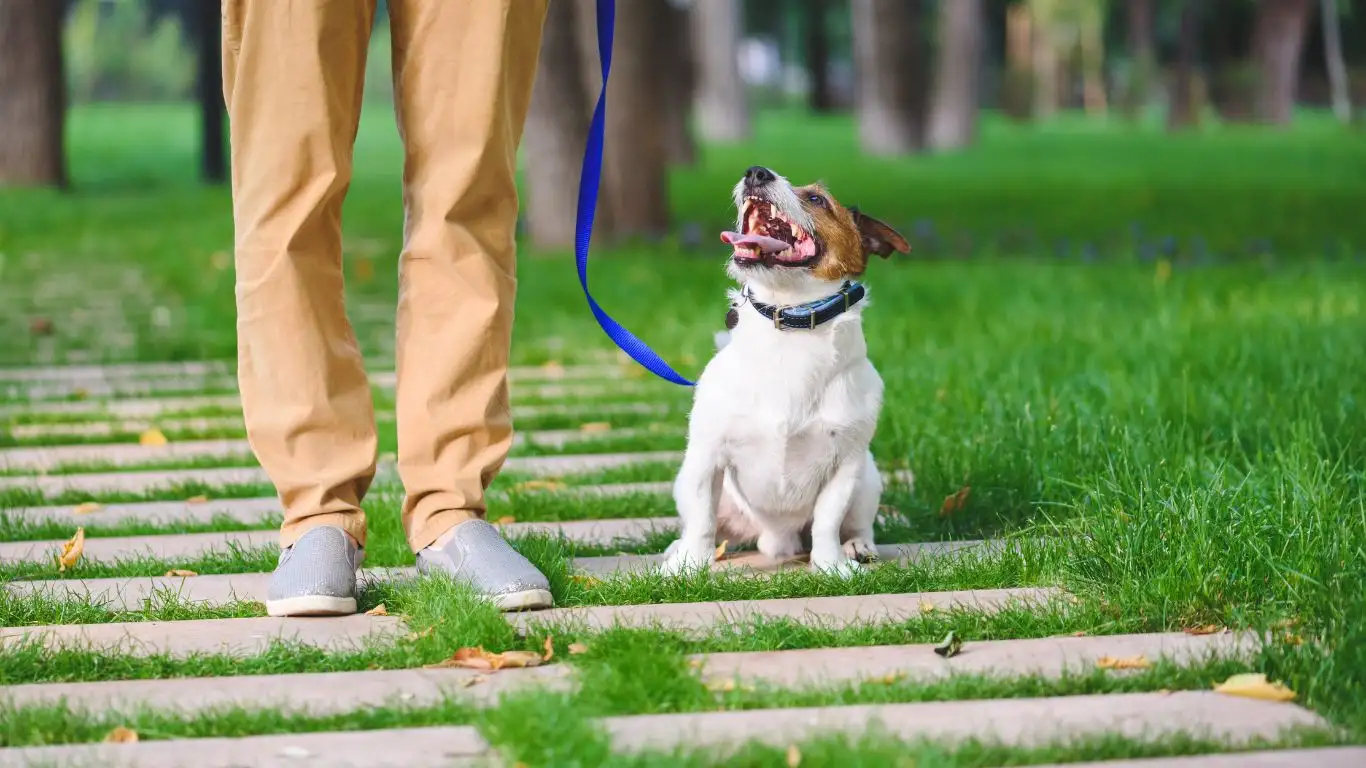
Training Your Dog for the Big Night: Preparing for Fireworks
The day of the fireworks event is always a little stressful for both you and your dog, especially if they have a history of anxiety. Proper preparation is key to ensuring your dog’s anxiety doesn’t spiral. Here are a few things you can do to make that night as calm as possible.
Exercise Your Dog Beforehand
One of the best ways to prepare your dog for a night of fireworks is by making sure they’ve had a good amount of exercise beforehand. A tired dog is often a calm dog, and a long walk or play session earlier in the day can help burn off excess energy and reduce overall stress. Just remember to keep things moderate – you don’t want to exhaust your dog so much that they’re too tired to relax. Just a good, solid walk or some playtime should do the trick!
Stay Calm Yourself
Your dog can pick up on your emotions, so it’s important to remain calm and relaxed, even if fireworks are going off all around. If you’re nervous or stressed, your dog may feed off that energy and become more anxious. Keep a cool demeanor, and be there for your dog to offer reassurance when needed. This doesn’t mean you have to be overly enthusiastic or make a big deal about fireworks—just stay present, calm, and supportive. Sometimes, your calm energy will be the best way to help your dog feel secure.
Don’t Punish Fearful Behavior
One mistake I see some owners make is punishing their dog for reacting fearfully to fireworks. Whether it’s barking, pacing, or hiding, punishing your dog for these behaviors will only increase their anxiety and confusion. Fearful behaviors are a natural response to an overwhelming situation, and punishing them will not help the situation. Instead, focus on reinforcing calm behavior with positive rewards. Your goal should be to create a calm, relaxed environment, and punishment will only undermine that effort.

Consult with a Professional If Needed
As a professional dog trainer, I always recommend that owners seek help if their dog’s fireworks anxiety is severe or not improving with home training efforts. Some dogs may have deep-rooted fears that require specialized attention. In these cases, it may be beneficial to consult with a veterinarian or certified animal behaviorist to explore other options, including medication or more advanced behavioral therapies.
Medication can sometimes be a helpful short-term solution for dogs that experience extreme anxiety, but it should always be used in conjunction with behavioral training. If you’re considering this route, it’s crucial to consult with a vet to determine the best course of action.
Ultimately, the goal is to help your dog feel safe and secure during fireworks displays. With consistent training, patience, and a bit of support from calming tools or professionals, your dog can learn to cope with fireworks in a much more relaxed way. It might take time, but I assure you, with the right tools and a bit of love, it’s absolutely possible to reduce their fear.
Maintaining Calm During Fireworks Season: Long-Term Strategies
As we wrap up our discussion on how to train a dog to not react to fireworks, it’s important to remember that this training isn’t just a one-time effort. Fireworks happen throughout the year—especially during holidays like New Year’s Eve, the Fourth of July, or regional festivals—so maintaining your dog’s calm is a long-term commitment. Let’s explore how you can keep your dog relaxed even when fireworks season rolls around year after year.
Keep Training Consistent
One of the most important things to understand about behavioral training is that consistency is key. The methods we’ve discussed—desensitizing, counter-conditioning, creating a safe space, and using calming products—shouldn’t just be reserved for fireworks season. Incorporate these techniques into your dog’s daily routine, and you’ll see improvements in their overall anxiety levels, not just around fireworks.
Consistency in training ensures that your dog’s positive association with the sound of fireworks is reinforced over time. I can’t tell you how many clients I’ve worked with who thought they could just “do it once” and then never deal with it again. Trust me, training is an ongoing process. Regular practice, especially when fireworks aren’t an immediate concern, will help keep your dog relaxed and less reactive when the big day arrives.
Don’t Let Your Guard Down During the Off-Season
Even if your dog appears to be doing well with fireworks sounds, don’t let your guard down during the off-season. Many owners make the mistake of assuming their dog is “cured” after a few successful training sessions. It’s always good to do refresher sessions and maintain your dog’s positive associations with loud noises, even if fireworks aren’t around.
Whether it’s occasional firework sound training or exposing your dog to other loud noises (think vacuum cleaners, thunderstorms, or loud crowds), it’s a good idea to keep things interesting and varied. This helps your dog generalize their calm behavior in a variety of stressful situations—not just fireworks. I always remind my clients that training never truly ends. It’s about building resilience, and that takes time.
What to Do on Fireworks Night: Last-Minute Tips
Even with all the preparation, sometimes fireworks come faster than expected. Maybe you didn’t realize a local event was happening, or perhaps your dog had a particularly rough day. In these cases, it’s important to have a game plan for the night of the event. Here are a few last-minute tips to ensure your dog stays calm:
Start Early
If you know fireworks are on the horizon (like for a holiday or celebration), start preparing a few hours ahead of time. Even if you’ve done your desensitization work, the build-up to the event might trigger some anxiety. Get your dog settled in their designated safe space, and make sure they have their favorite toys, blankets, and anything else that makes them feel secure.
I also recommend giving your dog a little extra exercise during the day, as it helps them release pent-up energy and promotes relaxation. A tired dog is a calmer dog, so a quick walk or play session before the fireworks start can make a huge difference!
Turn on the TV or Radio
When fireworks begin, it’s helpful to have some background noise to mask the sound. I always suggest turning on the TV, playing calming music, or using a white noise machine. This can help your dog focus on something less jarring than the sudden bursts of sound. There are also specific playlists designed for calming pets, which might be worth trying if you haven’t already.
At this stage, try not to make a big deal about the fireworks yourself. Your energy will affect your dog’s emotional state, so keep your tone calm and relaxed. If they’re in their safe space with calming sounds in the background, they’ll feel more secure. Let them come to you for comfort if they seek it, but don’t force interactions or try to “comfort” them too much, as it can inadvertently reinforce their fear.
Advanced Techniques for Persistent Fireworks Anxiety
Sometimes, despite our best efforts, some dogs will continue to struggle with fireworks anxiety. If your dog’s fear seems to be deeply ingrained, or if the desensitization process is not progressing as expected, there are advanced techniques and options to consider. Here’s what you can do next:
Consult a Certified Animal Behaviorist
In cases of extreme anxiety, it might be time to bring in a professional. A certified animal behaviorist has the expertise to create a customized behavior modification plan tailored to your dog’s specific needs. This can be especially helpful for dogs that have a deep fear of fireworks or other loud noises that is affecting their quality of life.
A behaviorist can work with you on advanced desensitization methods or address other underlying issues contributing to your dog’s anxiety, like separation anxiety, fear-based aggression, or past trauma. This extra professional support can make all the difference in overcoming stubborn behavioral problems.
Consider Medication as a Last Resort
For some dogs, behavioral training alone isn’t enough, and medication may be required to manage anxiety. Before jumping to medication, it’s important to consult with your vet to rule out any medical causes and to discuss the options available. Medication can be particularly effective when combined with behavioral modification training, allowing your dog to stay calm enough to learn new coping skills.
Common medications prescribed for fireworks anxiety include anti-anxiety meds like Fluoxetine or Clomipramine, or more immediate relief options like Sileo, a gel that helps reduce acute anxiety. But again, these should be used under the guidance of your veterinarian and should not replace proper training and environmental management.
References and Resources
If you’re looking for additional resources on dog anxiety, fireworks training, or general dog behavior, here are some great places to check out:
Disclaimer
While the advice provided in this article is based on professional experience and reputable sources, every dog is different. The training methods discussed here are intended as general recommendations, and results may vary. Always consult with your veterinarian or a certified animal behaviorist for tailored advice and to address any medical or behavioral concerns specific to your pet.
Fireworks anxiety can be challenging, but with the right approach, your dog can learn to manage their fear over time. It might take a bit of effort, but I promise you—it’s worth it to see your dog more relaxed and comfortable, even during the loudest of celebrations. Stay patient, stay consistent
